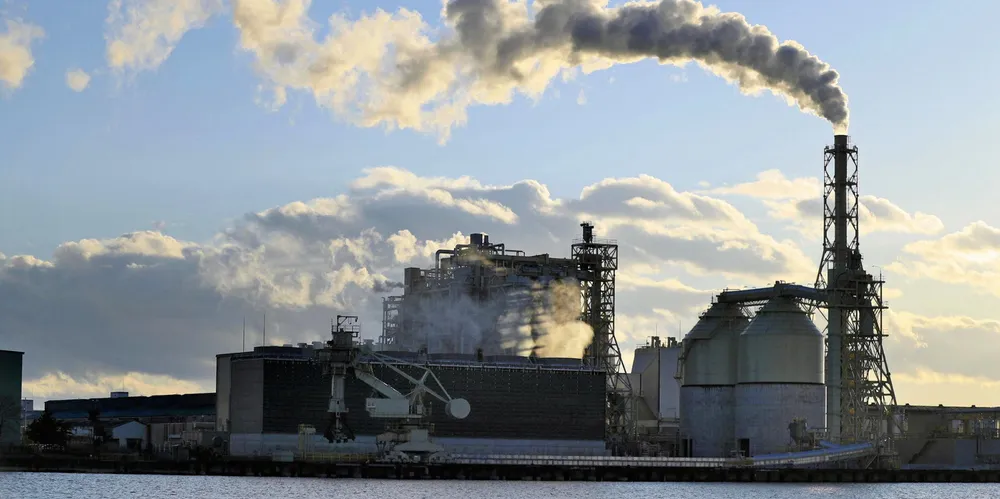Expensive and very dirty | BNEF slams Japan’s plans to burn hydrogen-derived ammonia with coal for power production
Analysts find that 50% co-fire ratio produces more CO2 than a fossil gas plant — and at a higher cost than renewable energy

Japanese plans to co-fire ammonia in its vast coal-fired power fleet is “poor economics” that will cost consumers more without offering any carbon savings, analysis from Bloomberg New Energy Finance (BNEF) has found.
In fact, co-firing 50% ammonia with coal is dirtier than burning fossil gas in a combined cycle gas plant (CCGT) — even if that ammonia is made with green hydrogen, the study warns.
And while burning 100% green ammonia might offer carbon savings compared to a CCGT, the nitrogen in it is likely to react with the air during combustion to produce nitrous oxide, a greenhouse gas with 273 times the warming potency of carbon dioxide over a 100-year period.
Cost premium
By 2030, the cost comparisons become even starker, with offshore wind becoming cheaper than co-firing 50% green ammonia with coal by $4/MWh, rising to a $35/MWh difference by 2050. This is likely because the cost reductions achieved in electrolyser manufacturing are unlikely to keep up with reductions in the cost of installed renewable energy capacity, while the low round-trip efficiencies will remain.
Offshore wind is the most expensive form of renewable energy in Japan due to deep seas surrounding the islands and high levels of seismic activity.
“Poor economics”
And while a 20% ammonia-coal mix would outperform renewables on price — at a considerable carbon cost — it would still be more expensive than a CCGT until 2030.
Japan should focus instead on using green ammonia to decarbonise the production of fertiliser — most of which is currently made with carbon-intensive grey hydrogen and ammonia, writes the report’s author, BNEF analyst Isshu Kikuma.
“Japan is better off in prioritising the limited supply of high-cost clean ammonia for decarbonisation of applications such as fertiliser production where no other decarbonisation options exist,” he says.
Japan’s utilities should also abandon their plans to retrofit coal plants and invest in renewables instead.
“Retrofitting coal plants to burn ammonia is too expensive, especially with a high co-firing ratio,” Kikuma writes. “Japan would be better served accelerating the deployment of renewable energy to decarbonise its power sector. Coal power generation is currently used to provide baseload power, but this should not be the case for ammonia co-firing technology given its poor economics.”
Coal is a major part of Japan’s energy mix, contributing nearly a third of its electricity supply in 2021. Japanese utilities, which have 49GW of coal-fired power assets on their books, have invested heavily in retrofitting ammonia co-firing capability, complaining that the archipelago has insufficient renewables potential to justify the investment.
However Japan’s Ministry of Environment begs to differ, estimating that the country has untapped solar resources of around 2,746GW, and wind resources of 284GW — excluding areas that are inaccessible due to topography.
Nevertheless, the government has thrown cash at utilities that want to retrofit their coal plants, granting them access to its proposed capacity market scheme, and providing subsidies of up to ¥2trn ($482m). So far, power giant JERA and engineering firms IHI and Mitsubishi Heavy Industries have benefitted from the funds.
JERA, a joint venture between Tokyo Electric Power (TEPCO) and Chubu Electric, is testing a 20% ammonia co-firing unit at its 4.1GW Hekinan coal plant, with plans to trial a 50% co-firing unit at the plant by 2028.